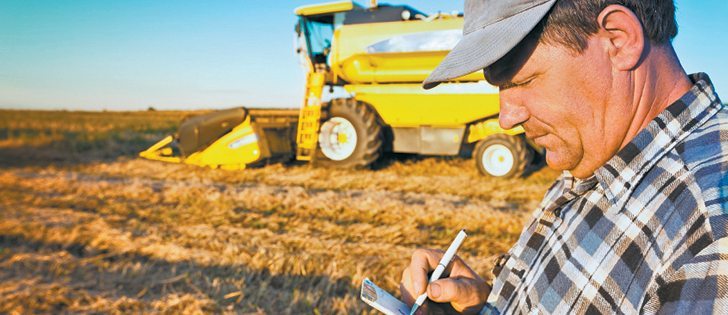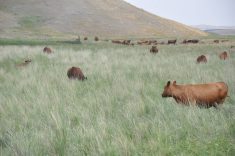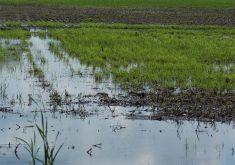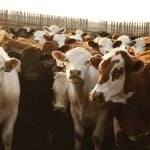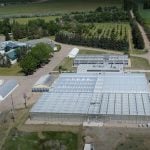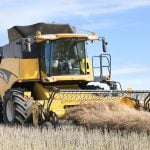Saskatchewan producers are going to take big hits from cuts to the two major federal business risk management programs: AgriStability and AgriInvest.
These cuts weren’t the result of lobbying from the Agricultural Producers Association of Saskatchewan. They weren’t recommended by the Saskatchewan government.
During more than three years of involvement in the Growing Forward 2 discussions around program design, APAS focused on program changes that would be best for farmers.
The consultation process took a detour after the federal budget in March, when cuts to Agriculture Canada’s operating budget ($253 million annually by 2014) were to be found out of consolidations and adjustments but not programs. That was bad enough.
Read Also
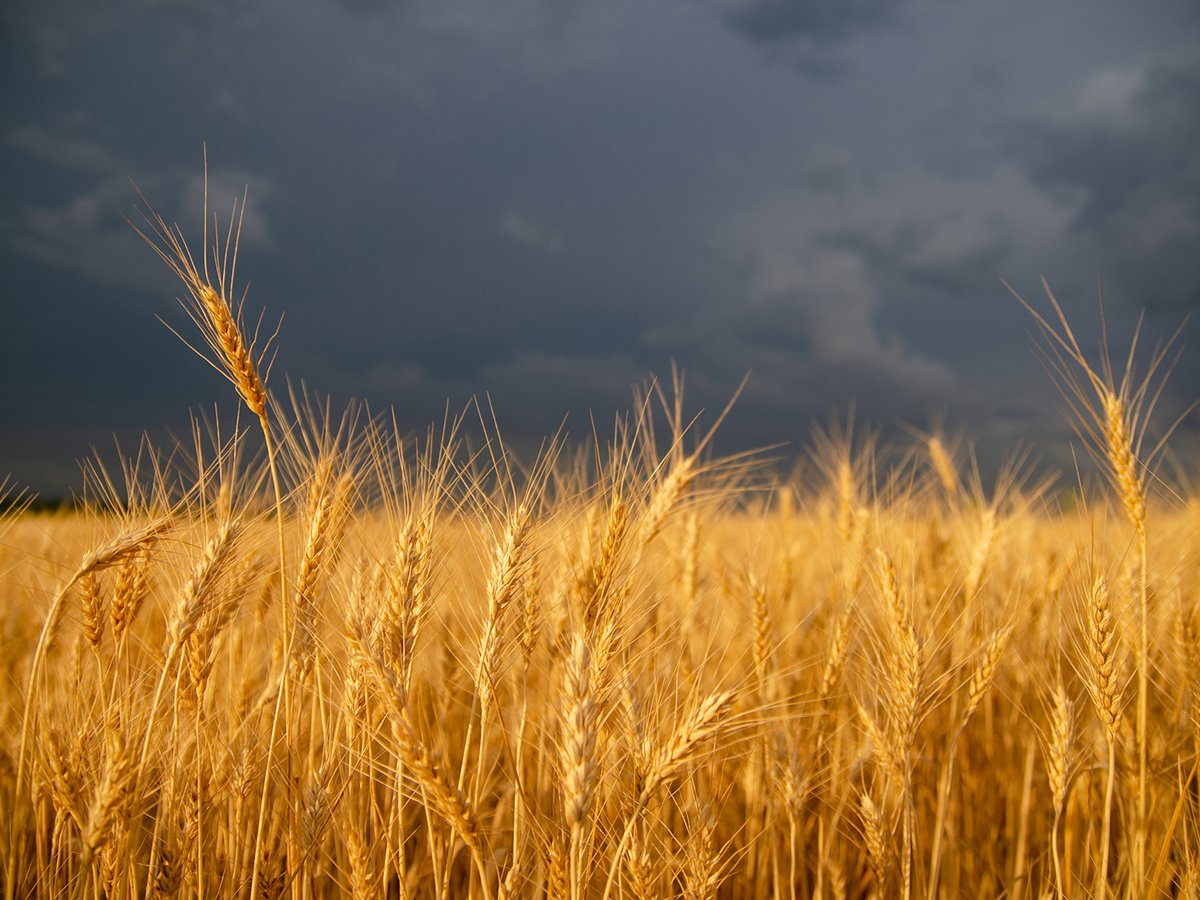
Late season rainfall creates concern about Prairie crop quality
Praying for rain is being replaced with the hope that rain can stop for harvest. Rainfall in July and early August has been much greater than normal.
Then, provinces were confronted by Ag Canada’s late-breaking de-mand this summer that more cuts, in the order of $430 million annually, needed to be made specifically to BRM programs.
Why? Agriculture Canada wants to reduce its liability in the very BRM programs it has designed, preparing for the real possibility that commodity prices will stay high.
We are entering a period when the effect of climate change on supply and the impact on dietary demand from growing countries such as China and India may combine to sustain high commodity prices for some time.
It is already happening. Saskatchewan producers know their Agri-Stability margins have generally been widening since 2008 and were beginning to provide the risk management that was intended by a margin-based program and, thus, the cushion they would need when prices do go down.
The sleeper among program changes is capping AgriStability payouts to the lower of recent years’ allowable expenses or the historic reference margin. What is the impact?
The very good years will be of no value to producers. Large reference margins when incomes are well above allowable expenses will never produce a payout larger than allowable expenses.
However, reference margins have been kept to keep payments down in years when they are lower.
The incentive to generate a larger reference margin by reducing costs is lost. In fact, spending more on inputs, especially in years of high income, will actually increase the level of risk coverage within the new program.
The program does not protect farm profitability. Rather, it focuses on a portion of costs, primarily chemicals and fertilizer that comprise a high proportion of allowable expenses. In fact, widening your margin by reducing costs actually reduces your coverage level.
The program primarily provides flow-through protection to chemical and fertilizer companies.
Organic producers, who can generate usable reference margins in the existing program with lower costs and capturing premium prices, are now excluded because chemicals and fertilizer make up the bulk of allowable expenses.
Capping AgriStability payouts at allowable expenses represents a complete reversal in program design philosophy. Rather than a margin-based program that attempts to stabilize profits, we now have a cost-based program that discourages efficiency.
And, together with dramatic, 11th hour cuts to the AgriInvest program, which is in direct opposition to APAS recommendations, the AgriStability cuts transfer risk from the federal government to producers.
The greatest flaw within Agri-Stability is that payouts decline with declining margins, a reality always near at hand when farmers have no control over either input or output prices. If low prices are expected, why not defend a program design that self-limits payouts over time and reduces government risk?
However, with prices now high and threatening to stay there, the program was changed so significant budget allocations are not required to backstop the larger margins that producers are earning.
BRM was purported to stand for business risk management for farmers. But BRM really stands for budget risk management for the federal government.
Doug Faller is policy manager for APAS.



